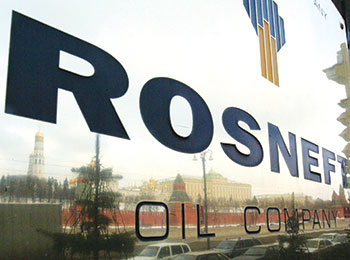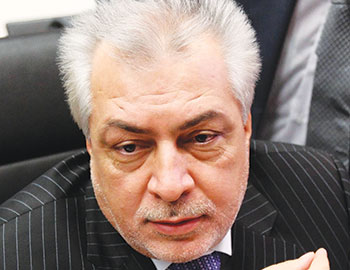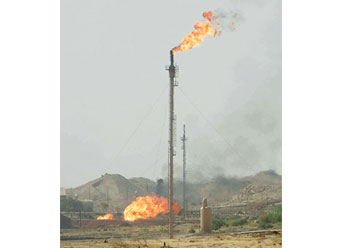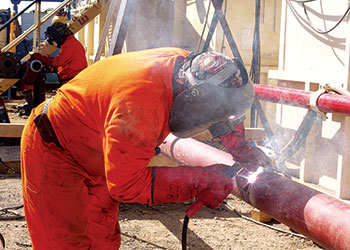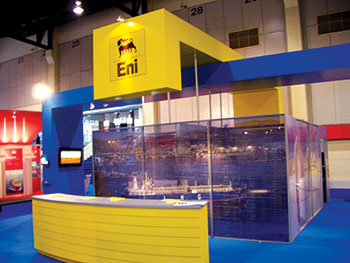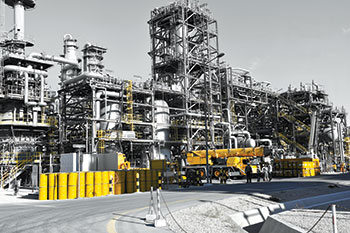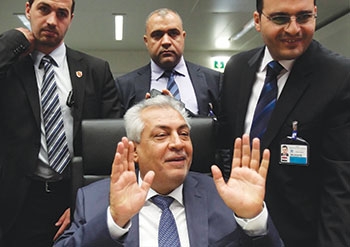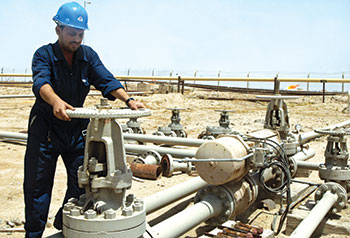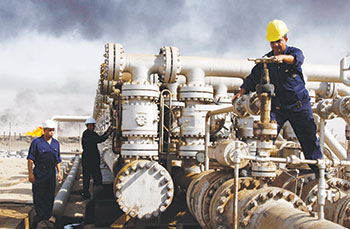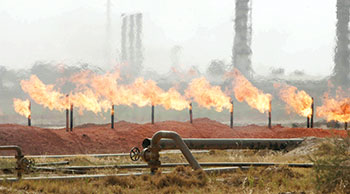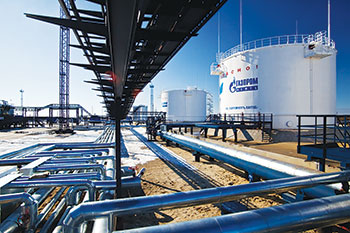
 Domestic gas consumption depends heavily on gas availability from foreign sources
Domestic gas consumption depends heavily on gas availability from foreign sources
Failure to bring online new gas production has left a large amount of gas power capacity redundant or underutilised and has resulted in the start-up of gas imports from Iran. Iraq is thought to have as much as 18.5GW of gas power generation capacity
Iraq's natural gas resources are being vastly underutilised with power capacity idle due to a lack of gas delivery. Pipeline imports from Iran for use in the Diyala region and growing availability associated gas will be a major boost to the consumption of gas for power in the coming years.
In Iraq, gas is predominantly used in the power generation sector, with no city gas and limited gas use in industry. Domestic gas consumption therefore depends heavily on gas availability given the 18.5GW of installed gas power capacity that is being underutilised. The investments into the gas power sector over the last several years are only just beginning to be matched by similar investments to harness Iraq’s considerable gas resource.
Failure to bring online new gas production has left a large amount of gas power capacity redundant or underutilised and has resulted in the start-up of gas imports from Iran. Iraq is thought to have as much as 18.5GW of gas power generation capacity, which could consume upward of 9 billion cubic metres (bcm) a year. Iraq is struggling to produce one sixth of that demand, and while we forecast increased production, this is being lined up for export to Turkey.
A number of gas power plants in the northern regions of Nineveh, Anbar and Kirkuk are standing idle due to a lack of gas. However, a new gas pipeline link from Iran to the Diyala region of central Iraq began gas deliveries in June 2017. Iran is initially planning to export 5-7 mmcmd, the equivalent of 1.8-2.5 bcm a year, to Iraq. Gas will support power generation at 730MW of capacity at Mansouriya, and two power plants serving Baghdad. Payment for the gas remains a potential issue and was the main reason behind the delay to the start-up of gas deliveries. Iraq is reportedly paying Iran in cash, which may limit the upside to growth in delivery until a more permanent payment solution can be organised.
Upside risk is seen to gas consumption in 2018 if a second gas deal initially agreed in November 2015 is realised. This stipulates deliveries of Iranian gas to the Basra region, starting at the rate of 7 mmcmd, increasing to 20 mmcmd. Over the high demand summer months, gas is due to be delivered at 35 mmcmd. Reports indicate the pipeline construction is essentially complete, though again, payment issues remain in the way of delivery start up.
In addition, new associated gas projects are gradually emerging. The start of around 700 mcm of production capacity at the Majnoon field in 2016 is supporting a 300MW power plant. A gas facility was commissioned to process associated gas from the Fakka and Bazargan fields. Gazprom Neft is opening its 1.6 bcm associated gas processing facility at the Badra field in Q417, supplying the Al Zubaidiyah power plant.
A number of the oil-fired power facilities have been selected for conversion into combined-cycle gas power plants to allow for greater oil export and improved power production efficiency. This could add around further 4,000MW of gas power demand over the longer-term. We expect pent-up demand capacity to consume all new gas imported and produced, other than output assigned to gas exports, which could begin to Turkey from 2021.
The lack of mid-stream infrastructure is also a major obstacle to a more rapid increase in gas consumption. If Iraq is able to create a more stable operating and investment environment, we see greater investment in this area, boosting connectivity of supply and demand centres which will promote domestic consumption growth.



































































